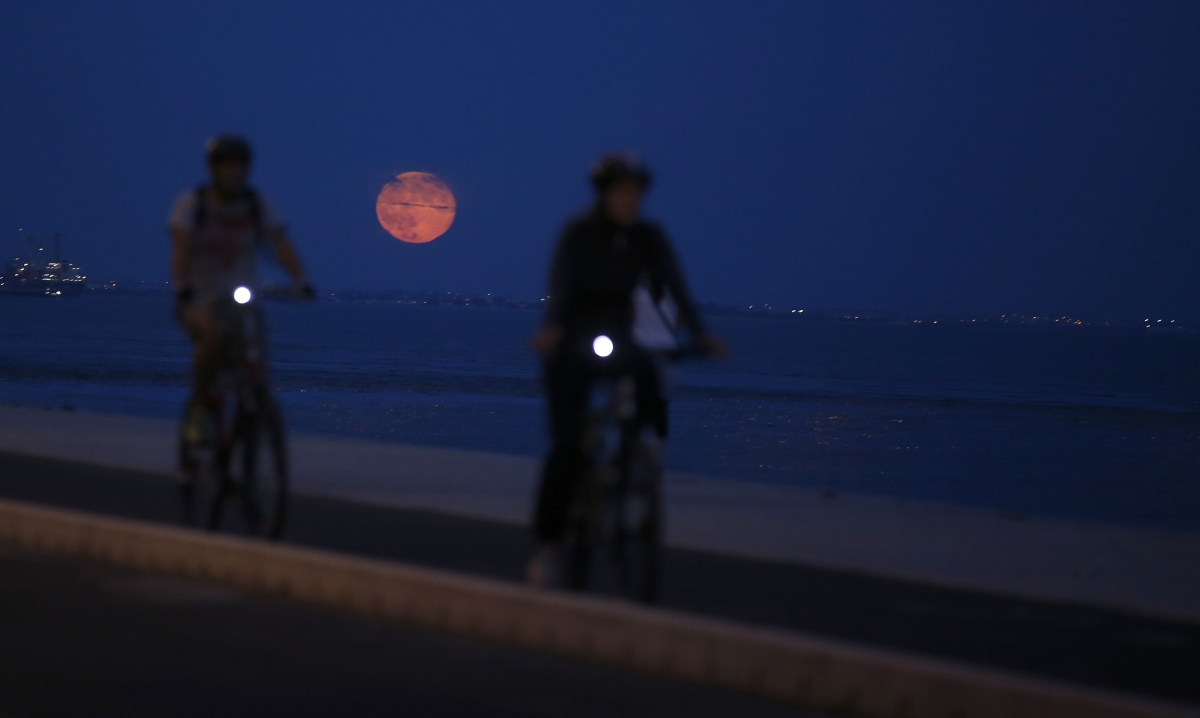On Tuesday, the entire world witnessed the third and the last of this summer's three supermoons that brightened up on the night skies, thus offering a visual treat to the sky gazers. The previous Supermoon occurred on 12 July and 10 August 2014.
The 9 September Moon brightened up at 1:38am GMT (7:08am IST) and was 14% bigger and 30% brighter than normal as it reached the point in its orbit closest to the Earth. The September full moon, is also called the "Harvest Moon".
Supermoon is a phenomenon that occurs when the Moon is around 50,000 km closer to Earth's orbit than usual. As a result, the Moon may seem a little bigger though the difference is not much noticeable.
The Supermoon is also called 'perigee moon', which means 'near Earth'. As the Moon orbits the Earth, at some point of time every month, it comes closest to the planet, which is termed 'perigee" and when it is farthest each month, it is called 'apogee'.
Although, it is huge, a mere 30% increase in brightness can be easily masked by a cloudy sky or haze, said Geoff Chester at the US Naval Observatory in a press release by NASA. He further added that every 13 months and 18 days full moons occur near perigee and hence the sighting is not all that unusual.
The year 2014 had witnessed a total of five larger than normal moons. There were two new moons in January and later the supermoons of July, August and September that brightened the night skies. The August Supermoon was the biggest of the year.
Check out some photographs of the last Supermoon of 2014, viewed from different parts of the world.
























